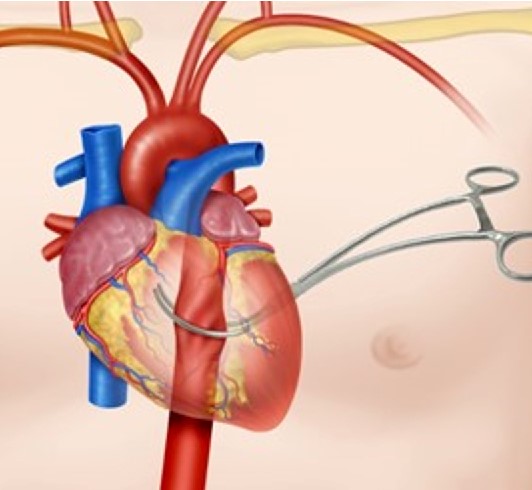Hemodynamically unstable non-compressible penetrating torso trauma: a practical surgical approach
Keywords:
Damage Control Surgery, REBOA, Aortic Occlusion, Median Sternotomy, non-compressible hemorrhage torso, Hemodynamically unstableMain Article Content
Penetrating torso trauma is the second leading cause of death following head injury. Traffic accidents, falls and overall blunt trauma are the most common mechanism of injuries in developed countries; whereas, penetrating trauma which includes gunshot and stabs wounds is more prevalent in developing countries due to ongoing violence and social unrest. Penetrating chest and abdominal trauma have high mortality rates at the scene of the incident when important structures such as the heart, great vessels, or liver are involved. Current controversies surround the optimal surgical approach of these cases including the use of an endovascular device such as the Resuscitative Endovascular Balloon Occlusion of the Aorta (REBOA) and the timing of additional imaging aids. This article aims to shed light on this subject based on the experience earned during the past 30 years in trauma critical care management of the severely injured patient. We have found that prioritizing the fact that the patient is hemodynamically unstable and obtaining early open or endovascular occlusion of the aorta to gain ground on avoiding the development of the lethal diamond is of utmost importance. Damage control surgery starts with choosing the right surgery of the right cavity in the right patient. For this purpose, we present a practical and simple guide on how to perform the surgical approach to penetrating torso trauma in a hemodynamically unstable patient.

This work is licensed under a Creative Commons Attribution-NonCommercial 4.0 International License.
The copy rights of the articles published in Colombia Médica belong to the Universidad del Valle. The contents of the articles that appear in the Journal are exclusively the responsibility of the authors and do not necessarily reflect the opinions of the Editorial Committee of the Journal. It is allowed to reproduce the material published in Colombia Médica without prior authorization for non-commercial use


 https://orcid.org/0000-0002-5502-5745
https://orcid.org/0000-0002-5502-5745